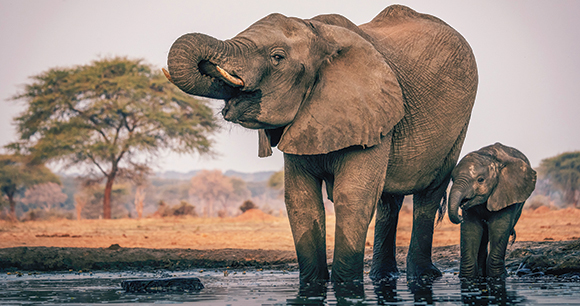Evaluating the Suitability of Confiscated and Rehabilitated Eastern Box Turtles for Release back into the Wild
The eastern box turtle is collected in enormous numbers for the illegal wildlife trade. Only a portion of this trade is detected, and when it is, wildlife agencies must decide what to do with those...
